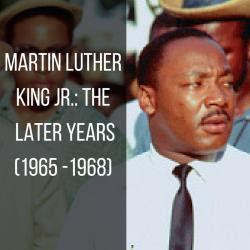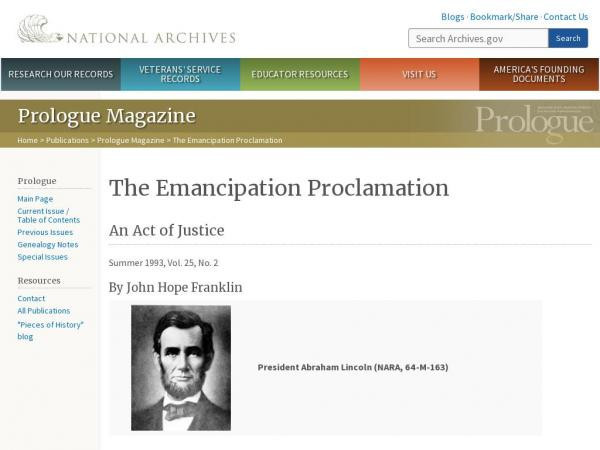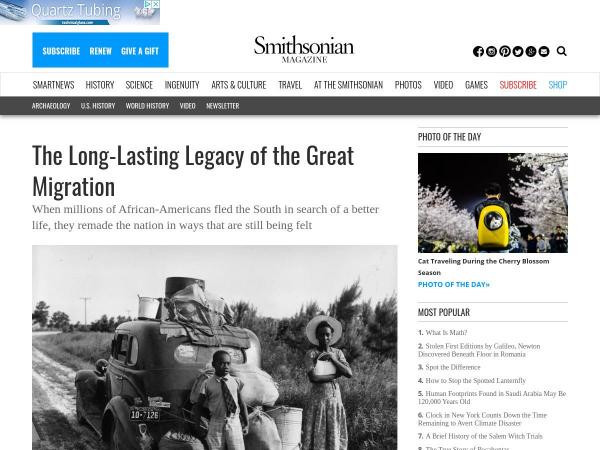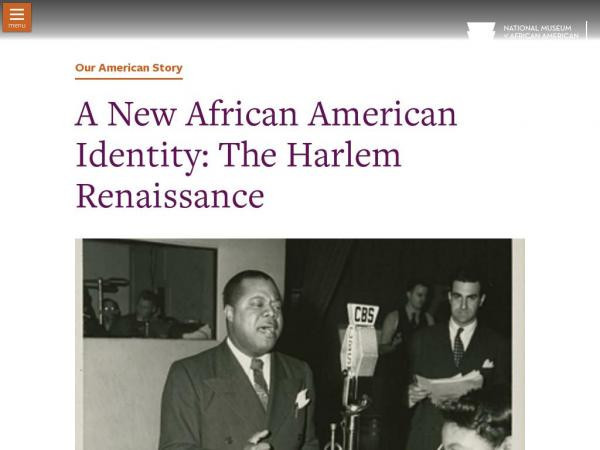Le'Passion Darby
I am a Learning Designer at the Center for Digital Agriculture at University of Illinois Urbana-Champaign. I have worked progressively in learning and instructional design since my 2017 volunteer-ship with the Smithsonian Learning Lab and my consecutive 2018 internship with the Smithsonian National Museum of African American History and Culture. I hold a bachelor's degree in Mass Media Arts from Clark Atlanta University, and most recently, a master's in Learning Design and Leadership with graduate minors in Art History, Heritage Studies, and Global Studies, respectively, from University of Illinois Urbana-Champaign. I enjoy researching and writing about campus artifacts and heritage at colleges and universities around the world. Collectively, I have toured more than 90 campuses on five continents: Africa, Asia, Australia, Europe, and North America.
Le'Passion Darby's collections
Martin Luther King, Jr..: The Later Years (1965 -1968)
 Le'Passion Darby
Le'Passion Darby
An Evolution of Expression
 Le'Passion Darby
Le'Passion Darby
The Emancipation Proclamation: Manuscripts of Freedom
 Le'Passion Darby
Le'Passion Darby
Harris-Stowe State University Collection
 Le'Passion Darby
Le'Passion Darby
Artifacts at Historically Black Colleges and Universities
 Le'Passion Darby
Le'Passion Darby







